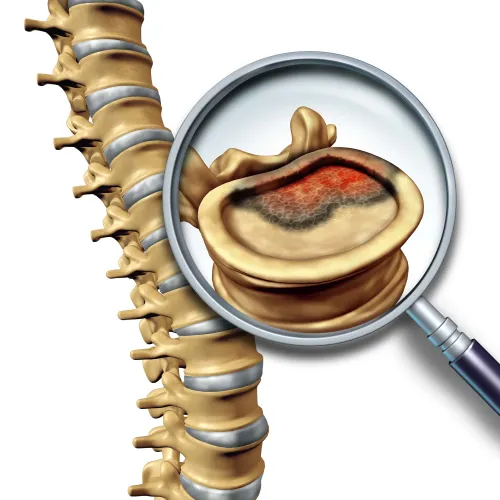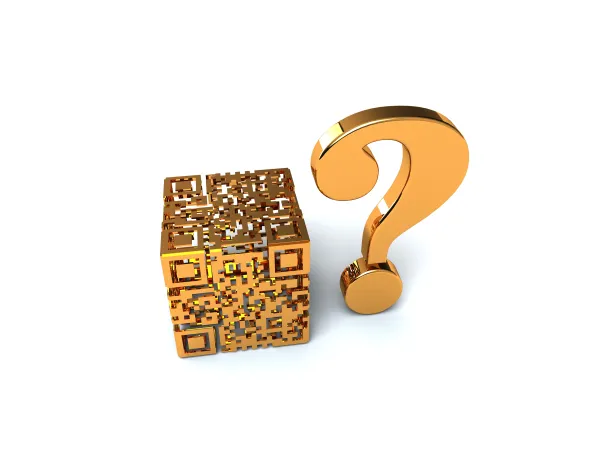ICD 10 Coding Alert
Urology Coding:
Know Patient's Perspective For Coding Accuracy
Published on Wed Oct 09, 2019

You’ve reached your limit of free articles. Already a subscriber? Log in.
Not a subscriber? Subscribe today to continue reading this article. Plus, you’ll get:
- Simple explanations of current healthcare regulations and payer programs
- Real-world reporting scenarios solved by our expert coders
- Industry news, such as MAC and RAC activities, the OIG Work Plan, and CERT reports
- Instant access to every article ever published in Revenue Cycle Insider
- 6 annual AAPC-approved CEUs
- The latest updates for CPT®, ICD-10-CM, HCPCS Level II, NCCI edits, modifiers, compliance, technology, practice management, and more
Related Articles
Other Articles in this issue of
ICD 10 Coding Alert
- Otolaryngology Focus:
Test Your Skills With These Scenarios
Utilize your problem-solving skills to make sense of the coding process. The adage about hearing [...] - Urology Coding:
Know Patient's Perspective For Coding Accuracy
These difficult-to-pinpoint situations may require coding signs and symptoms. Some medical conditions are easy for [...] - Emergency Department Spotlight:
Code Pulmonary Hypertension With These Factors In Mind
Hint: I27.- is a good starting point. Knowing how to code pulmonary hypertension means relying [...] - You Be the Coder:
This Increasingly Common Condition Has No Dx Code
Question: A mother came in with her daughter concerned that she was spending too much [...] - Reader Question:
Know Whether Limb Difference Acquired or Congenital
Question: Our pediatrician saw a patient and documented that the patient’s left femur and tibia are [...] - Reader Question:
For Ineffective CPAP, Use This Code
Question: What’s the diagnosis code for CPAP intolerance? Oregon Subscriber Answer: Continuous positive airway pressure [...] - Reader Question:
Differentiate Between These Conditions Surrounding Vascular Dementia
Question: A 75-year-old established patient is experiencing reduced memory and functioning abilities. The patient was [...] - Reader Question:
Coding H. Pylori Tests May Depend On Payer
Question: We often perform H. pylori tests – which diagnosis codes apply to these visits? [...]
View All




